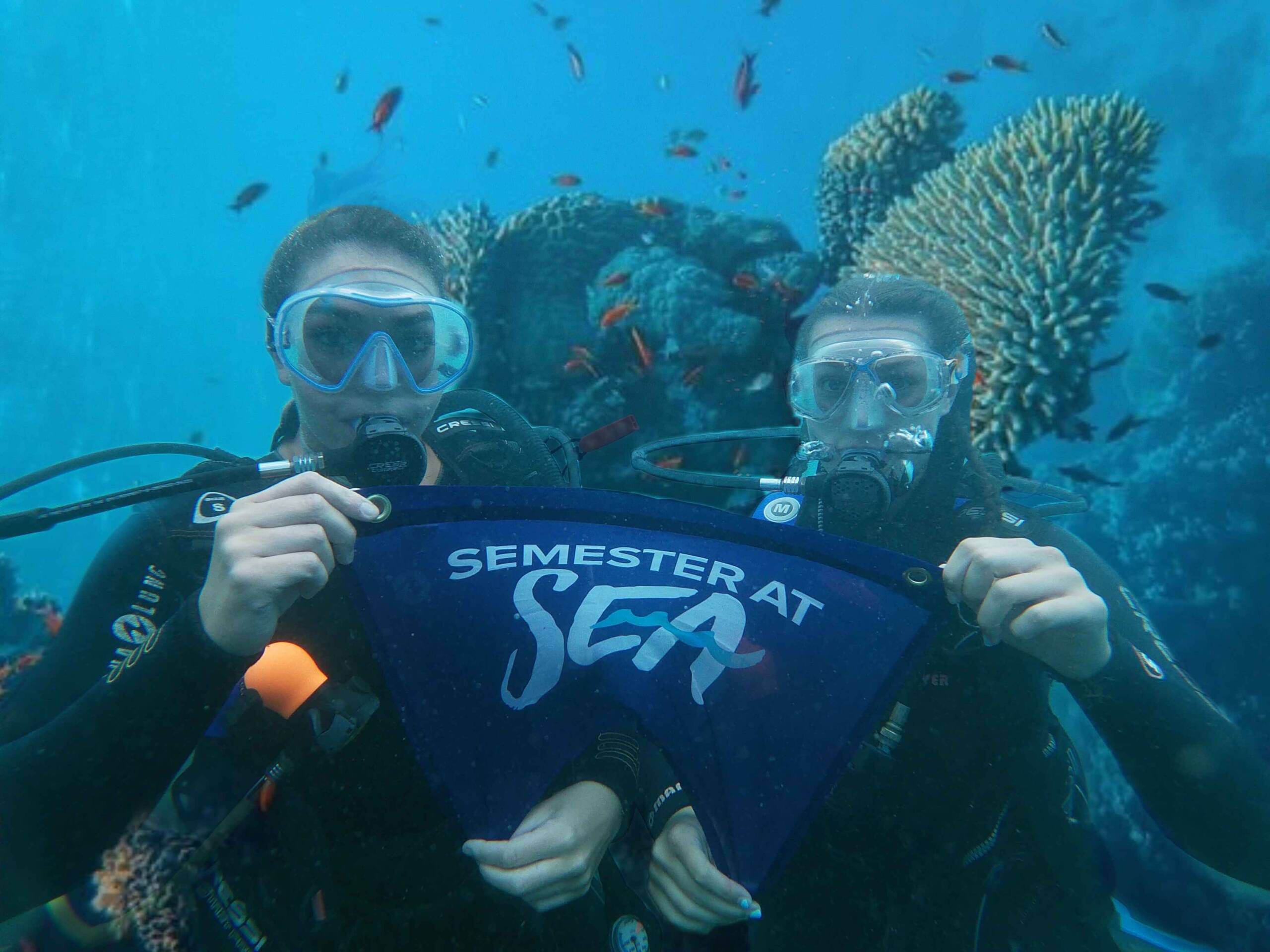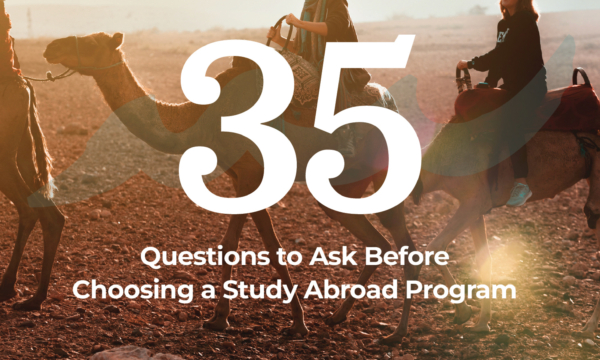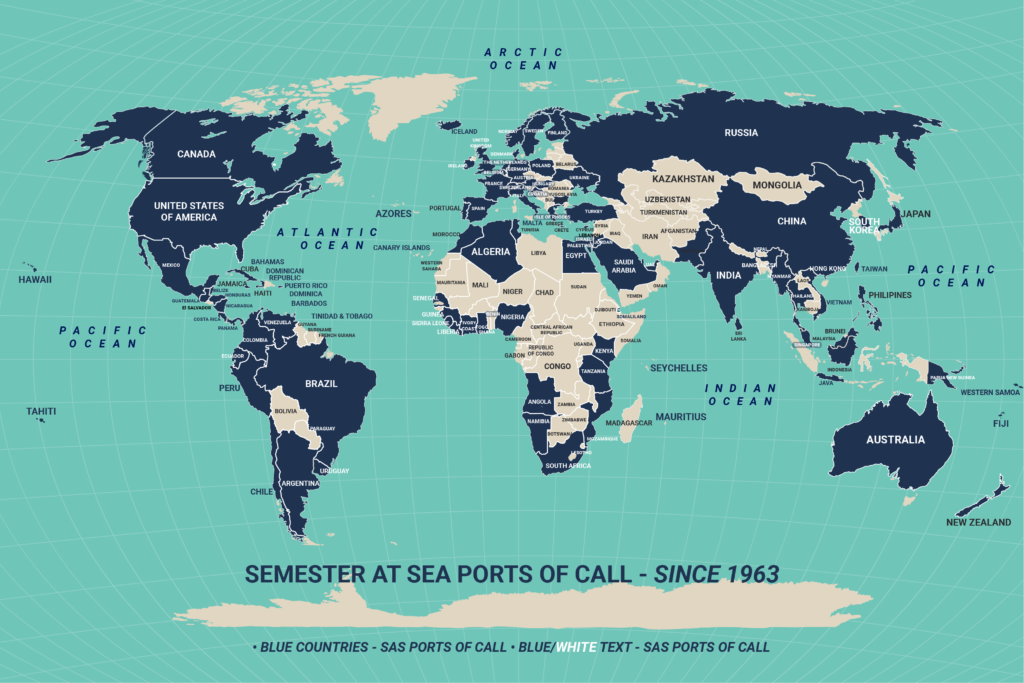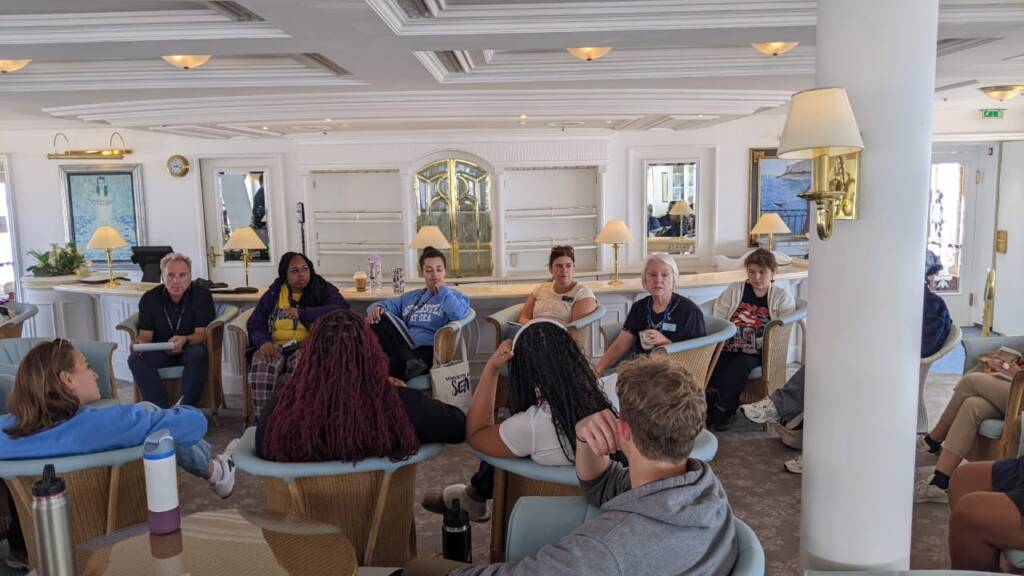Studying abroad is a transformative experience that stands apart from traditional education. Traveling overseas to study opens doors to new cultures, perspectives, and challenges, providing a unique opportunity for personal and academic growth, among many other benefits. But are you aware of the broad range of study abroad options available?
In this blog post, we explore the many types of study abroad programs, each catering to different preferences, goals, and timelines. Use this guide to explore your options and make an informed decision come application time.
What Does It Mean to Study Abroad?

Before diving into the types of study abroad programs, let’s briefly define the concept.
Studying abroad involves pursuing academic endeavors in a country other than one’s own, or in a setting other than one’s home institution. It offers students the chance to immerse themselves in a different cultural setting while earning academic credits toward their degrees. Study abroad experiences can be based on college campuses, in scientific research stations, around humanitarian aid projects, or in any number of other unconventional academic settings.
The most traditional example of a study abroad program typically lasts for one college semester. However, as you’ll see, there are programs available for any timeline, making it possible for nearly anyone to find a program that suits their needs.
Types of Study Abroad Programs
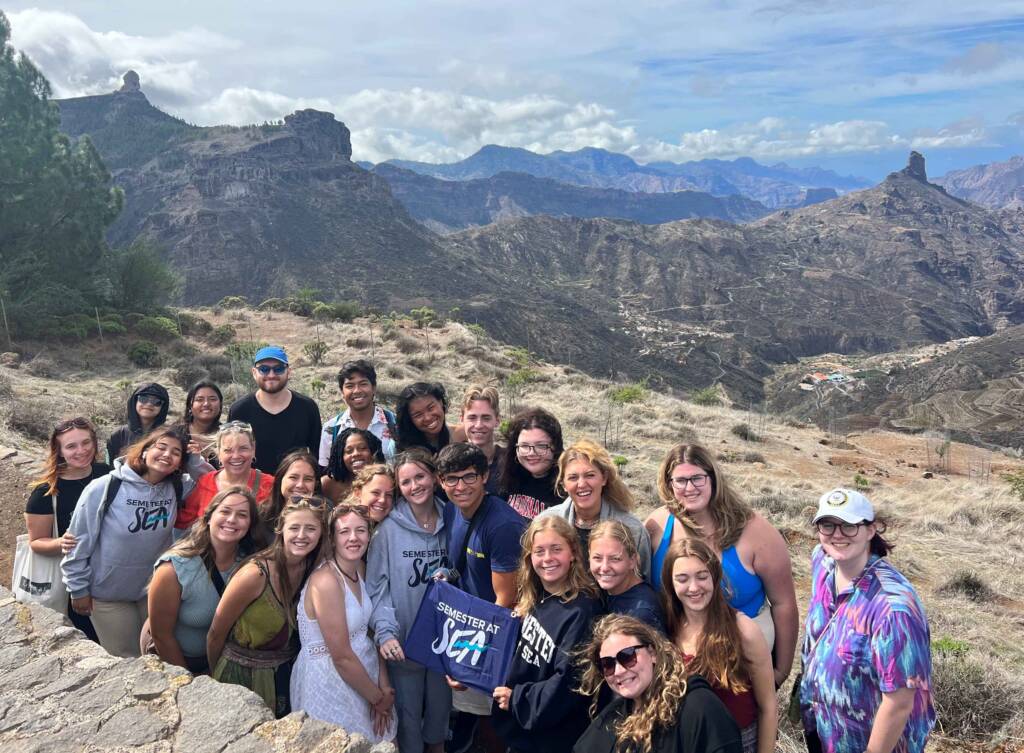
If the many study abroad options seem overwhelming, don’t worry! We’ve outlined several types of categories of programs you may encounter in your research.
Also, note that study abroad programs can fall into one or several categories, depending on the timeline, academic focus, goals, or the program provider. For example, a semester abroad can be furnished by a third-party provider, or a J-term can be faculty-led.
Semester abroad
A semester abroad typically involves a 15-week commitment during either the fall or spring semester of the college academic year. This type of program is accessible through both colleges/universities and third-party providers, which can award college credits through academic partnerships with accredited institutions.
Full year abroad
For a more immersive experience, students may opt for a full year abroad, spanning an entire academic year (or 32 weeks). This extended duration is often associated with direct enrollment or exchange programs, both of which may provide more in-depth cultural and educational engagement.
Summer abroad
Taking place outside of the conventional spring and fall semesters, summer abroad programs offer flexibility in terms of duration, ranging from several weeks to three months. Students can choose to earn academic credits or take non-credit courses.
J-term
Designed for those seeking a shorter, yet still impactful experience, J-term programs take place over the standard college winter break (during January, hence the J), lasting approximately 3–4 weeks.

Faculty-led programs
Led by faculty members from a central university, these programs can last from two to six weeks, or extend to an entire quarter or summer. Faculty-led programs concentrate on specific disciplines, often designed to satisfy specific major or minor requirements, allowing for a more profound specialization and intense academic engagement. All coursework and travel are taken as a cohesive group, fostering a sense of community among participants. Faculty-led programs are ideal for students who would like to work closely with a specific instructor to gain a better understanding of their discipline as it pertains to their degree.
Third-party provider
Third-party providers offer pre-packaged study abroad experiences with established itineraries. Along with a full academic curriculum, these programs may include comprehensive services such as housing, on-site staff, and additional features including weekend trips, cultural exchanges, internships, and volunteer opportunities. Since they typically handle logistics and support services for participants, third-party programs are often more expensive than those offered by colleges or universities — but many do offer financial aid. Third-party programs can be more accessible to non-matriculating college students who wish to study abroad, such as those taking a gap year or adult, lifelong learners. For college students using this opportunity to work toward their degree, credit is granted through a partner institution.
Direct enrollment
By enrolling directly in a foreign university, students bypass the need for a formal relationship between domestic and foreign institutions. Students work directly with the international student office at their desired university, coordinating their own housing, visas, course registration, and orientation. If the student does wish to return to study in their own country, they must coordinate a transfer of credits.
Exchange programs
Distinct from direct enrollment, exchange programs involve a one-to-one exchange of students between schools accompanied by a signed agreement. Students pay tuition and fees to their home universities while covering housing and personal expenses in the host country. Exchange programs often provide greater independence, flexibility, and access to a wide range of academic disciplines. Both exchange programs and direct enrollment offer the most independence, since students are largely responsible for coordinating their own extracurricular cultural activities.

Language immersion programs
Designed for those who wish to strengthen their foreign language skills, immersion programs offer intensive language courses often conducted in the host country’s language. Cultural activities and homestays further encourage language acquisition, providing a holistic language learning experience.
Service-learning programs
Combining academic coursework with hands-on experiences, service-learning programs enable students to earn credits while addressing local issues in their destination. The nature of the service is established by the program, and participants typically enroll in additional courses to complement their service experiences. To earn credits, students must demonstrate application of their learning in the process of performing the service.

Research programs
Going beyond traditional coursework, research programs incorporate field and lab research activities. Students engaged in research programs have the opportunity to contribute to valuable scientific insights and build a robust portfolio for future graduate school applications or senior theses.
Internships or work-study opportunities
Students can study abroad at a discounted rate by participating in part-time work for the program or university. Internships, often unpaid but blended with coursework, provide practical experience and academic credit towards the student’s degree. Internship placement may be pre-selected, or students can customize their experiences to align with their needs or studies.
Which Type of Study Abroad is Best?

Choosing the right study abroad program is a highly personal decision, influenced by your individual goals, preferences, timeline, finances, and academic aspirations. The best type of program for you will depend on a combination of these factors, plus more — but you can narrow down your choices by asking yourself the following questions:
- Do you want to use your study abroad opportunity to fulfill academic requirements or work toward your degree?
- Do you wish to learn or practice a new language?
- Do you simply want to travel?
- Is there somewhere you’ve always wanted to go?
- How much time can you commit to studying abroad?
- What is your budget?
- Will this experience contribute to your goals beyond college?
- Are you looking for a guided experience? Or are you looking to practice independence?
Finally, will you enjoy studying abroad for what it is? Recognize that it’s not a vacation — after all, it’s called “study” abroad for a reason! That means dedicating time to completing schoolwork, even though your chosen destination may also be your ideal vacation spot.
While anyone at all can study abroad, participants are usually encouraged to cultivate the following traits:
- Open-mindedness
- Self-reliance
- Willingness to adapt to unfamiliar teaching styles, living arrangements, cultural practices, etc.
- Flexibility
- Dedication to schoolwork
- Cultural curiosity
- Initiative
It may be useful to talk to others who have completed the program(s) you’re interested in. Reach out to the programs to see if you can talk with any of their alumni, who will likely be happy to tell you about their experience.
Research will be your best tool in determining which type of program is best for you. Consult with academic advisors — both those at your school and those at programs that interest you — to see how this opportunity will fit into your overall academic trajectory.
